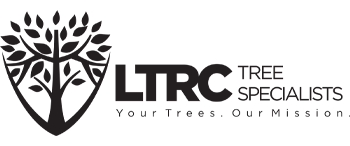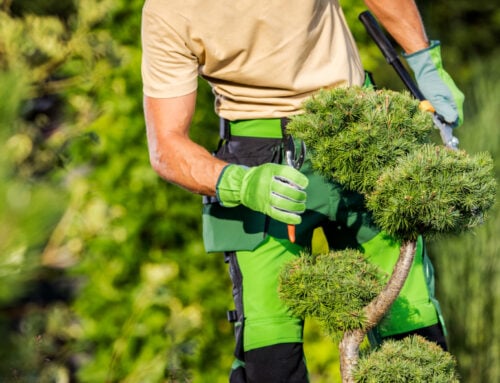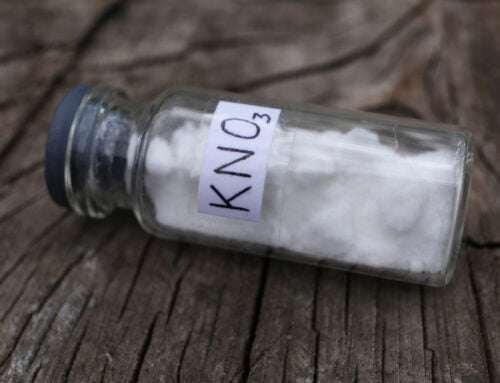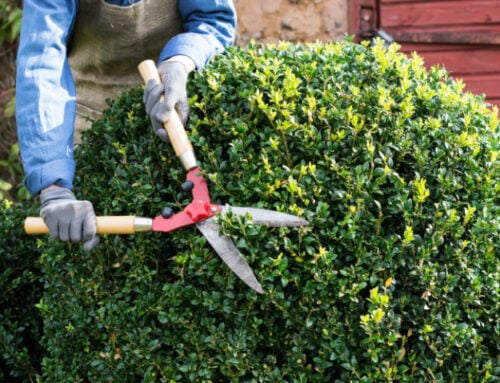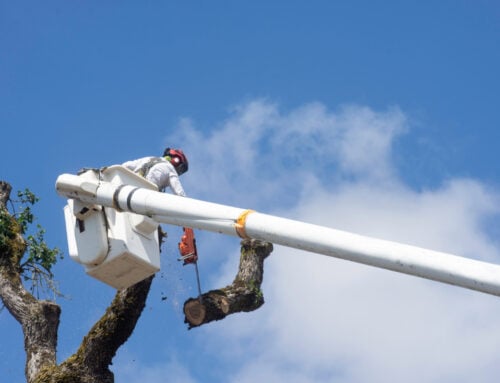Just because your tree is still standing tall, doesn’t mean it can’t potentially be a dangerous threat. There are certain situations when you should cut down and remove a tree from your property to keep residents and the environment safe.
Dead Tree
If you have a dead tree on your property, it will only be a matter of time before it comes down on its own. When a tree falls on its own, it can be unpredictable and very well may cause damage or injury if it falls abruptly or unexpectedly. Sometimes it may be difficult to tell if a tree is dead just by looking at it. Call a tree specialist to help you determine the status of a tree on your property. Some signs that may indicate a dead tree include:
- Mushrooms or other decay-producing fungi at the base or around the tree trunk
- Hanging or dead branches in the crown, or topmost branches
- Large holes in the trunk or on large branches
- Twigs without living buds at the end of branches
If a tree on your property has one or more of these symptoms, it’s best to call a tree specialist to investigate. After diagnosing your tree, a specialist will recommend the best course of action for you. There are some other signs you should watch out for that could indicate your tree might need to be removed, dead or alive.
Tree Health
Typically, a tree specialist will recommend a tree to be removed if 50% of the tree is damaged or dead. A dying tree can still survive for years, but its integrity will continue to degrade, making it unpredictable when it might fall or lose branches. If you are unsure of the health of your tree, call a tree specialist to diagnose your situation. There may be some questionable situations that you are unsure of.

Trunk Damage
If a tree on your property has large vertical cracks or seams in the trunk, this could suggest some internal decay. Any large wounds on the trunk of a tree can have serious, long-term effects on its overall health. Again, referring to tree specialists will give you insight on whether the tree will survive or if it should be removed.
Hollow Tree
A tree can still survive if it becomes hollow. However, because the tree is hollow, it will have less structural integrity, meaning it is much more likely to fall and cause damage. Again, a hollow tree can survive, but it’s best to call a tree specialist for their opinion.
Leaning Tree
A leaning tree can suggest some sort of break or weakening part of the tree, most likely the roots. If a previously straight tree begins to lean or grow with a lean, you can assume the tree has damage somewhere causing this lean. Tree specialists will examine your tree to determine if it needs to be cut down or not.
Root Damage
If you suspect root damage because of a recent operation near your tree, you may want to check with a tree specialist to assess the damage. As you might know, the roots help support the entire tree and keep it in place. If there is significant damage to the roots, it can compromise the overall integrity of the tree, which can threaten it to fall or cause damage. Contacting tree specialists will help you determine the best course of action.
LTRC Tree Specialists in Alpharetta, GA
LTRC has certified tree specialists in the Alpharetta, GA area. Our team can diagnose and assess your situation to advise you on the best way to proceed with a tree on your property. Visit our website or call (404) 288-5872 today!
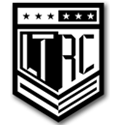
Contact Us For A Free Estimate!
